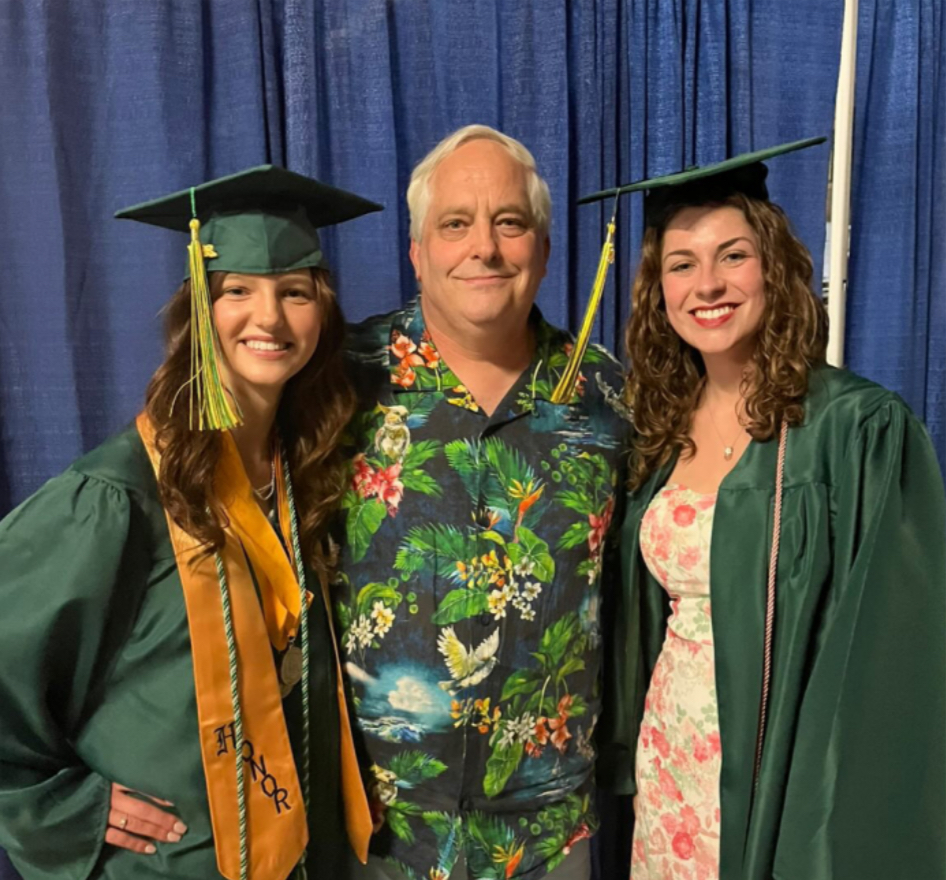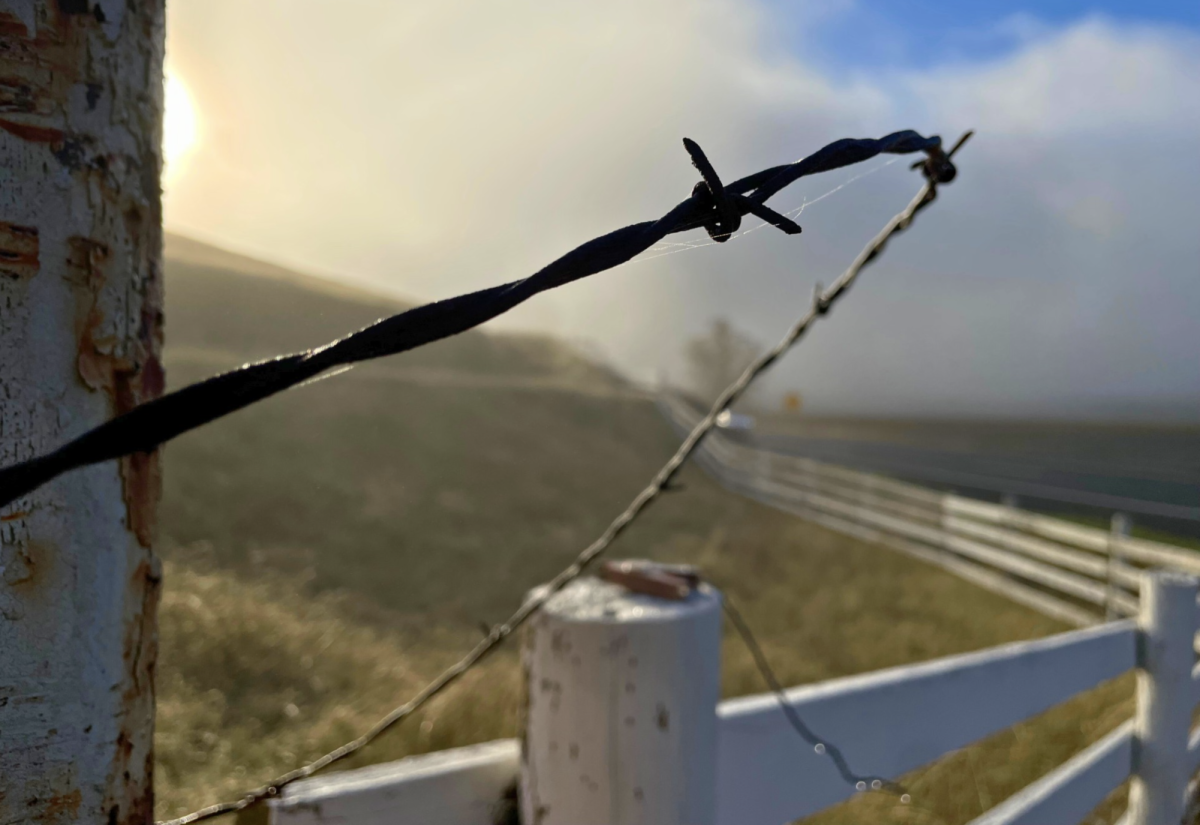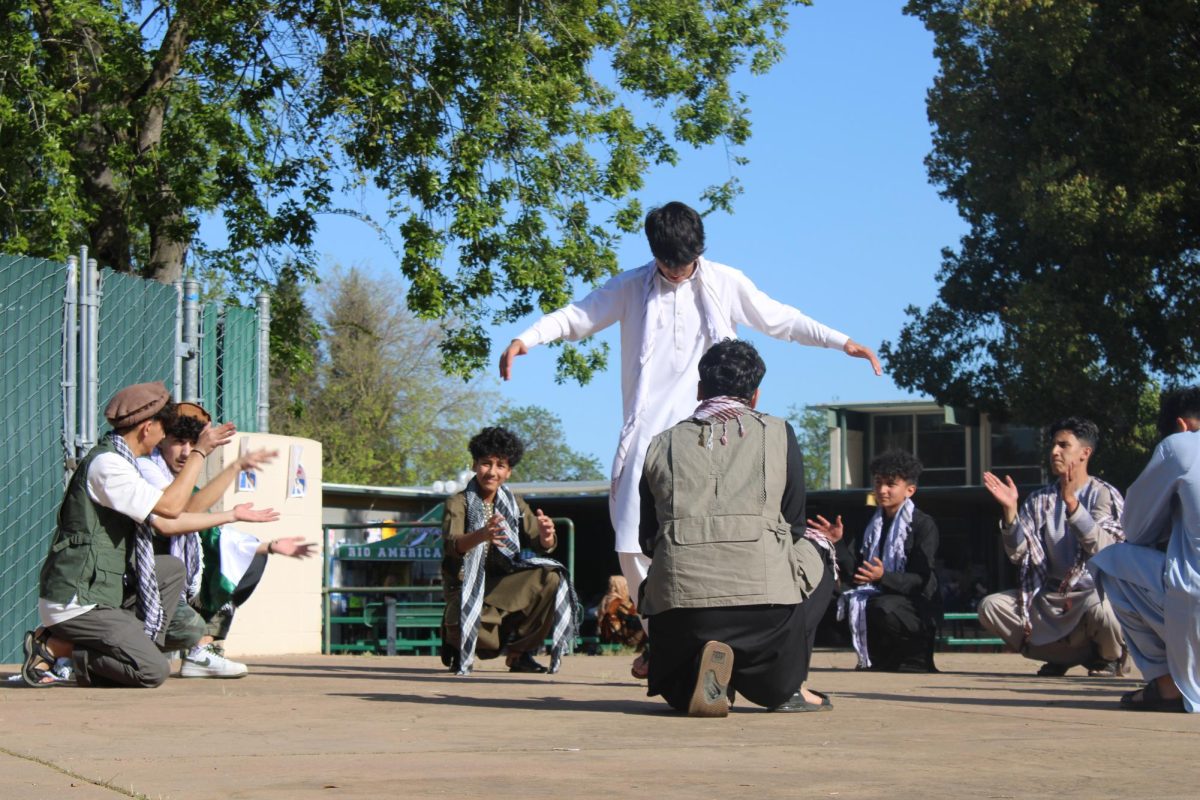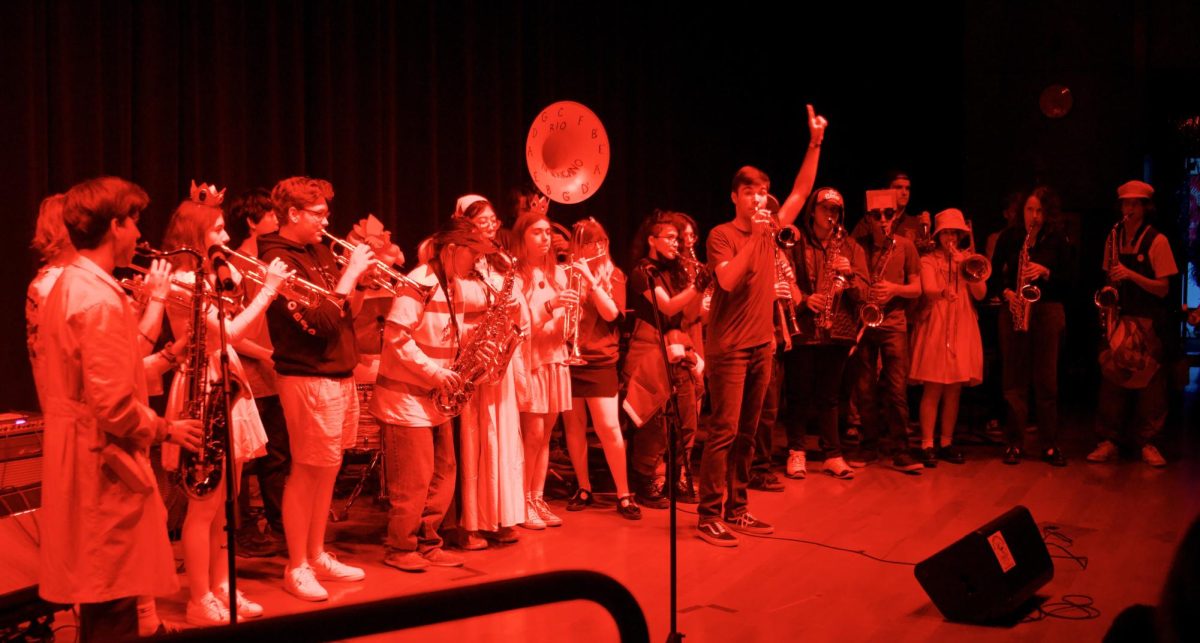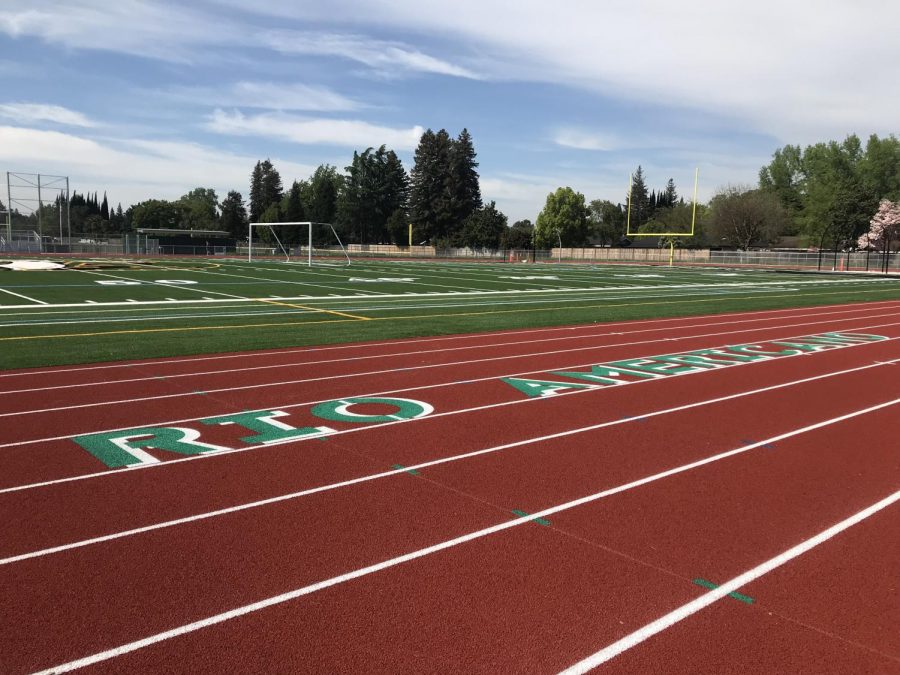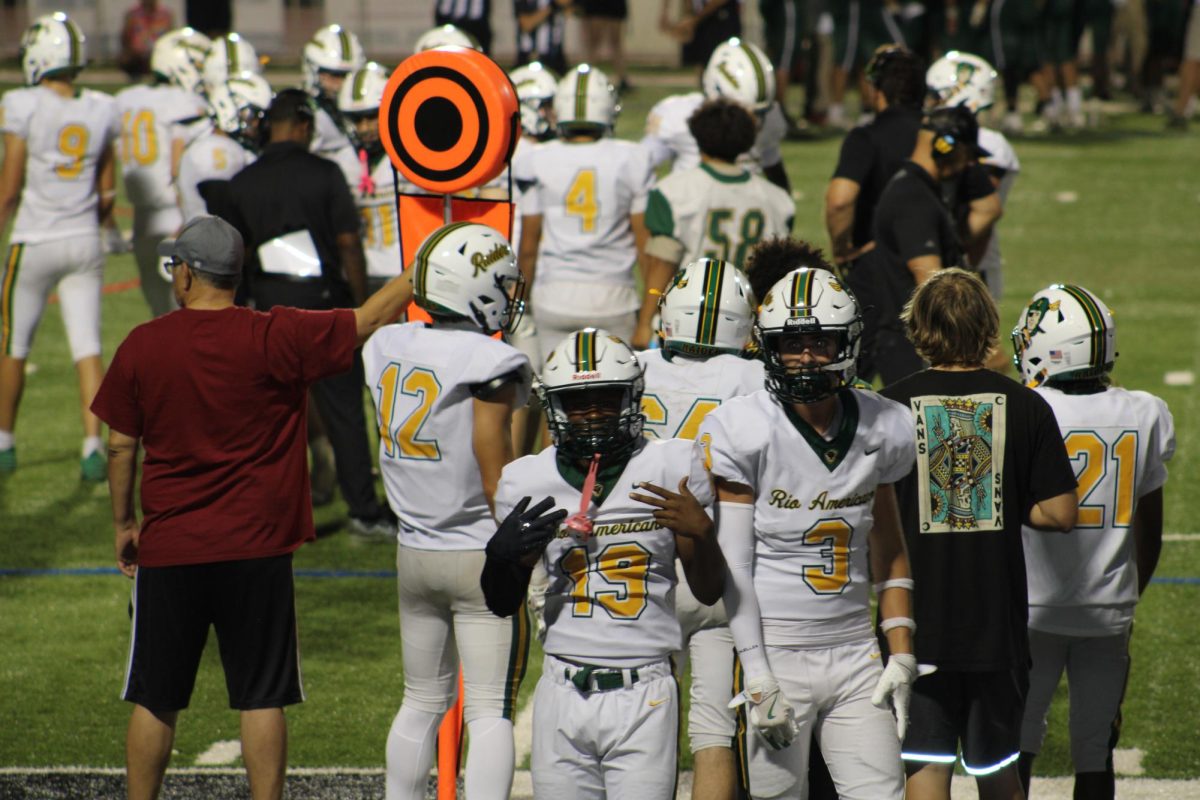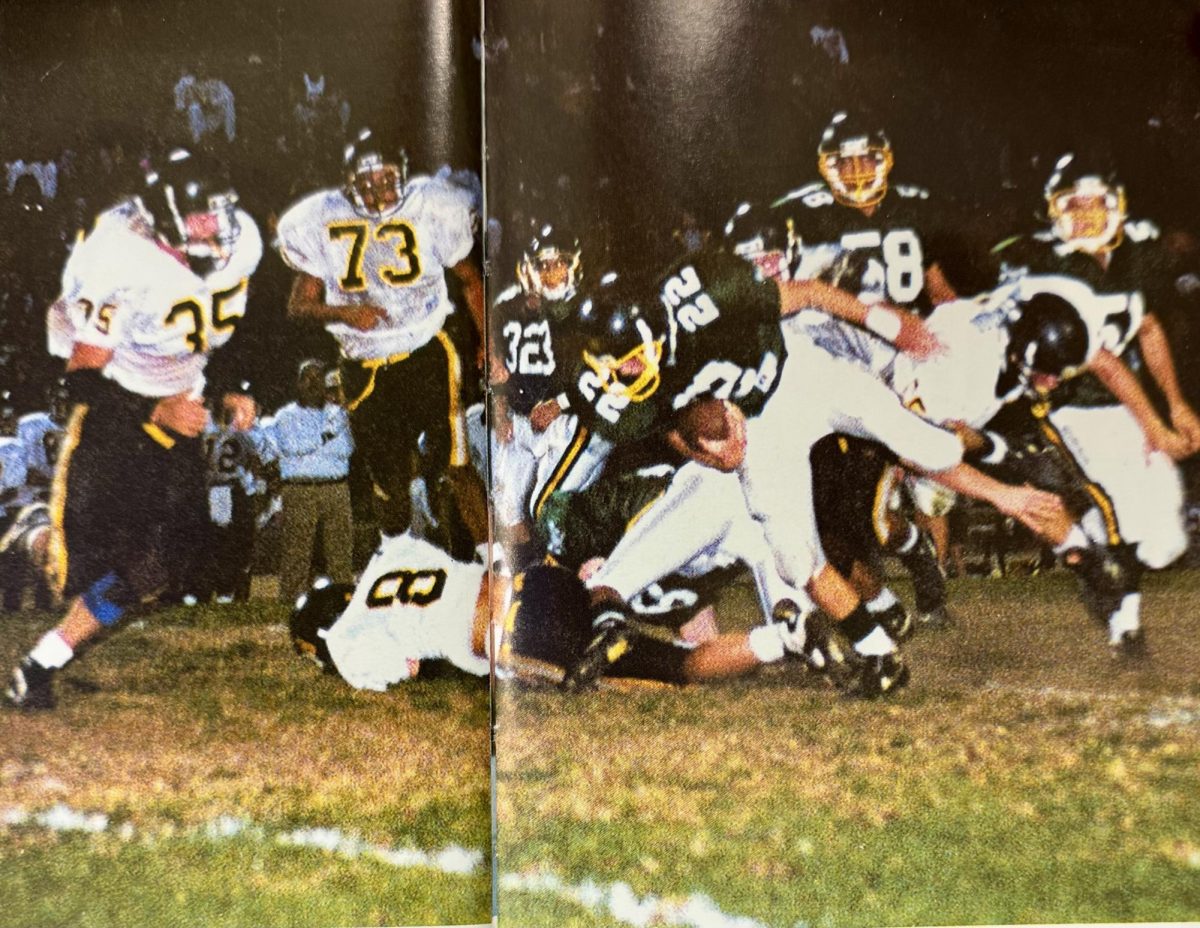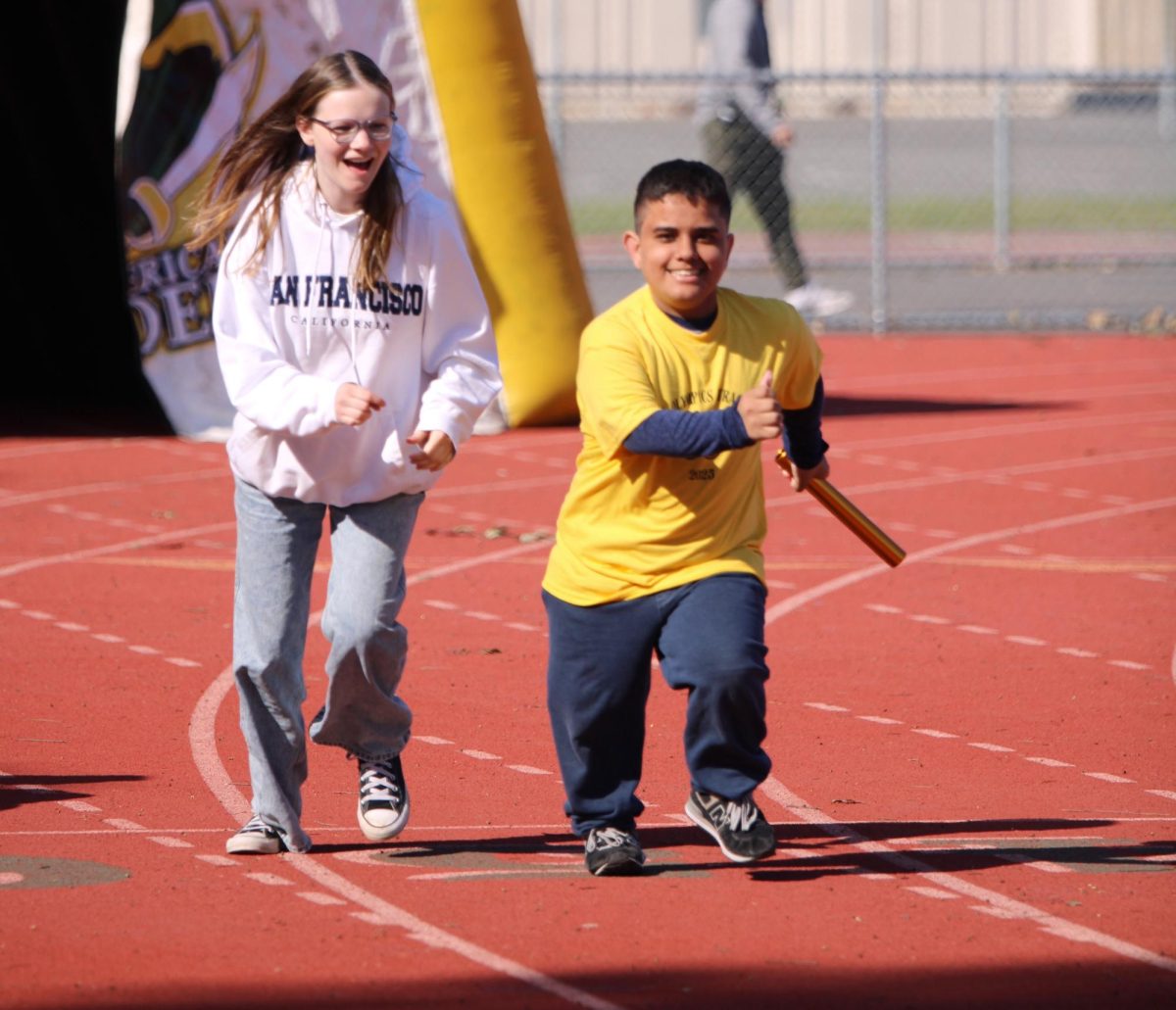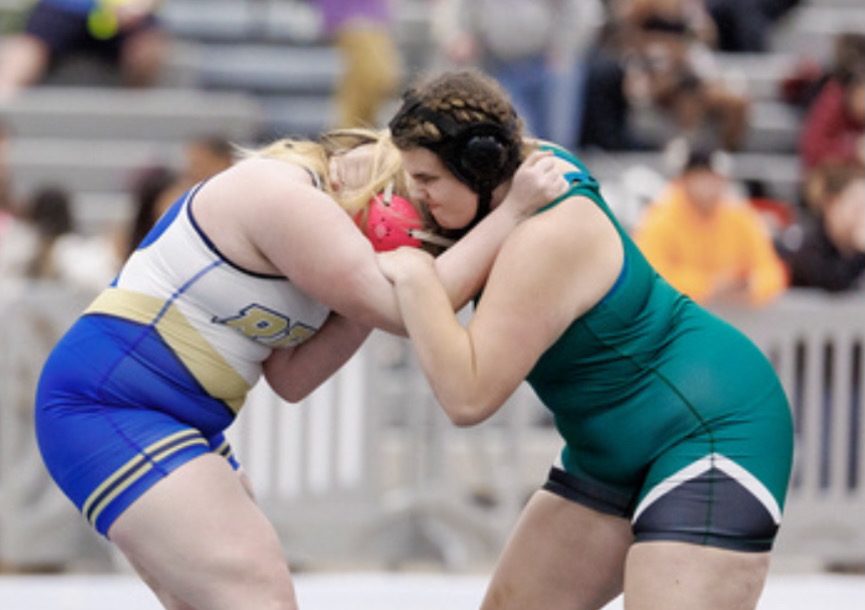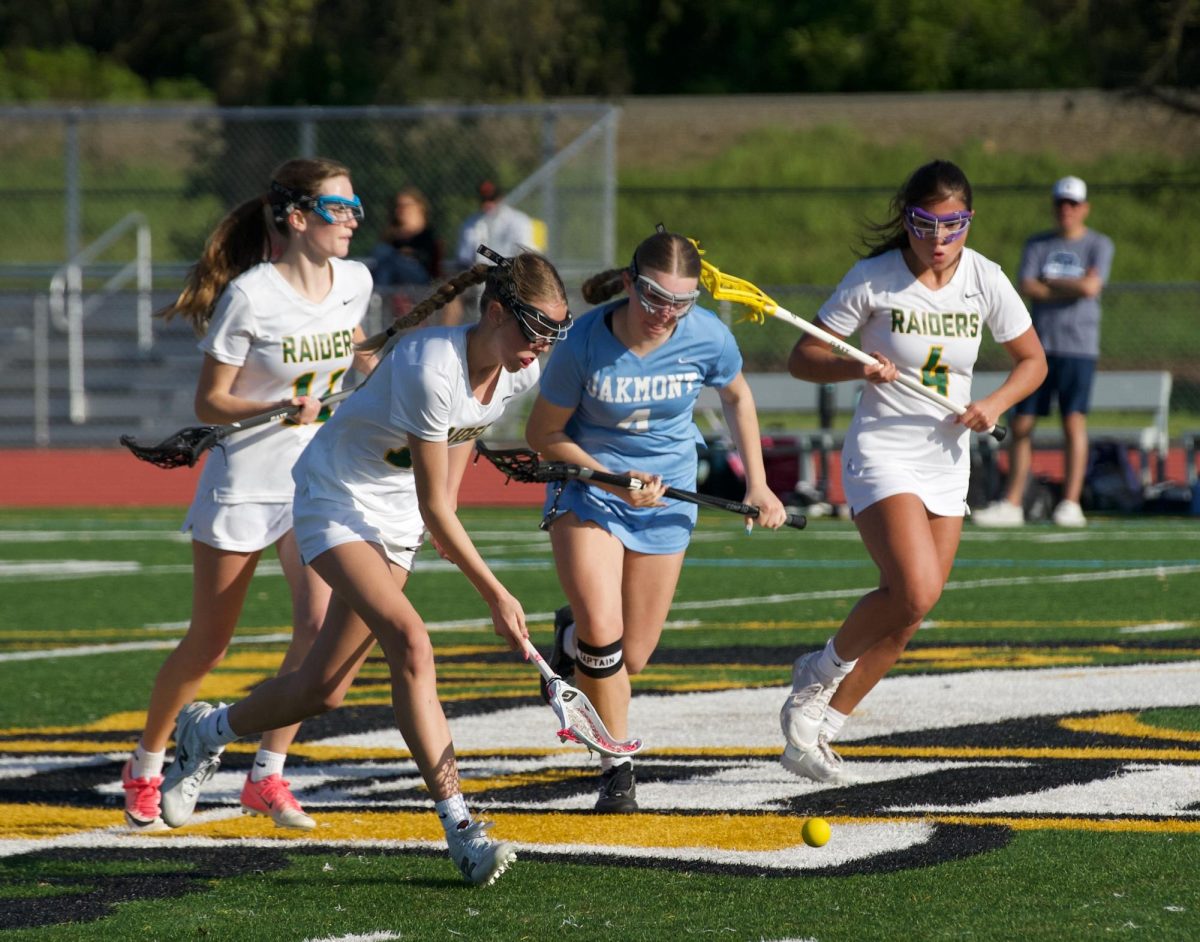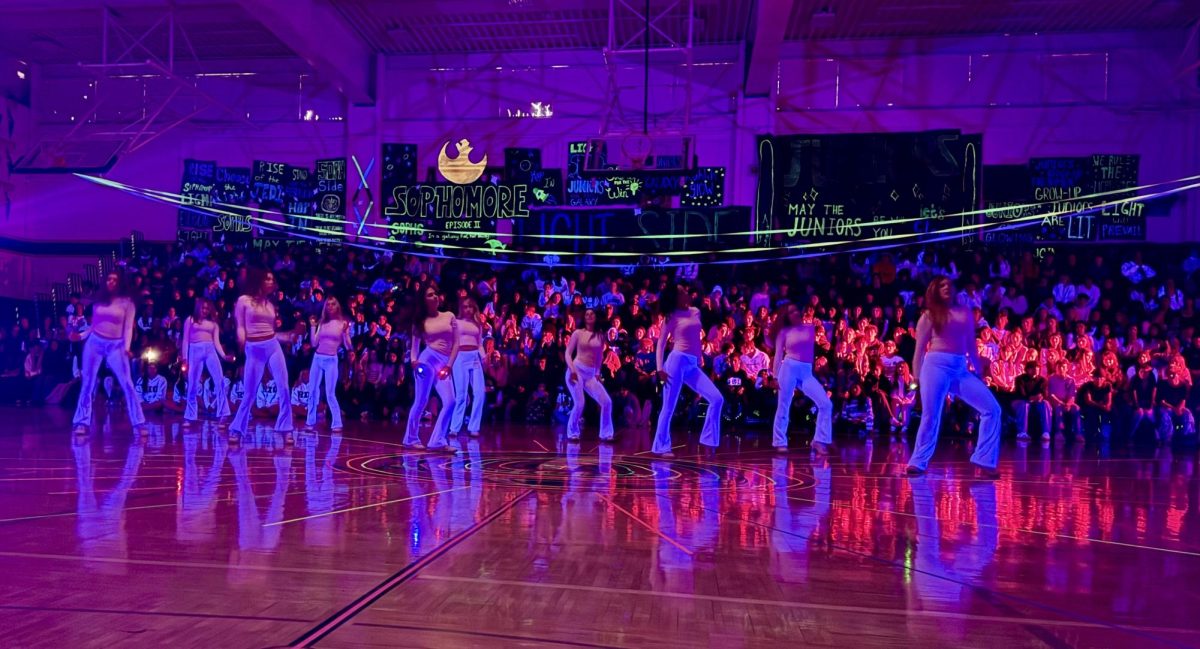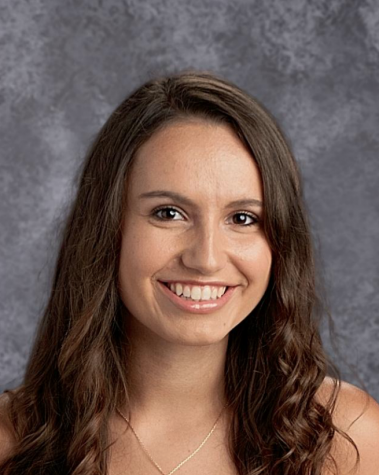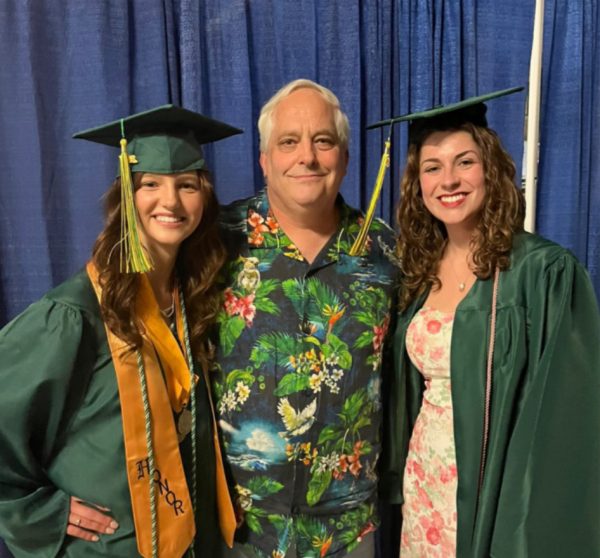Students Squeezed as Enrollment Rises
Classes have exceeded 60 students as school tops 1800
Photo By Rebecca Smith
Students struggle to find seating in Brian Asher’s Spanish class.
A larger-than-expected freshman class has pushed school enrollment to over 1800, crowding some classes so much that students could not fit in the classroom.
The freshmen classes have grown significantly for the past two years. The class of 2020 had over 500 students and this year’s freshmen class started with 528 students.
Two years ago the senior class had fewer than 360 students. And when they were freshman in 2013 the school had 1520 students, about 400 fewer than the current enrollment.
“Rio has a good reputation so a lot of students from other local neighborhoods and schools that would in the past go to different schools seem to be coming to Rio more than those other schools,” said Vice Principal Greg Snyder.
However, the growing popularity of the school has brought problems.
Classes have mushroomed to more than 60 students, well over the contractual limit of 36. Some teachers, such as Spanish teacher Gabby De Lasse, have had more than 100 above the contractual limit of 165 students for the day.
“It is impossible,” said Spanish teacher Gabby De Lasse. “There is no space and my air conditioner doesn’t work. I do not have enough chairs, so I have to go all over campus and steal the chairs and tables. In past years we were maybe only one or two or three (students over the contractual limit) tops, but I am over 100 and other teachers are over 100. That is another teacher’s job.”
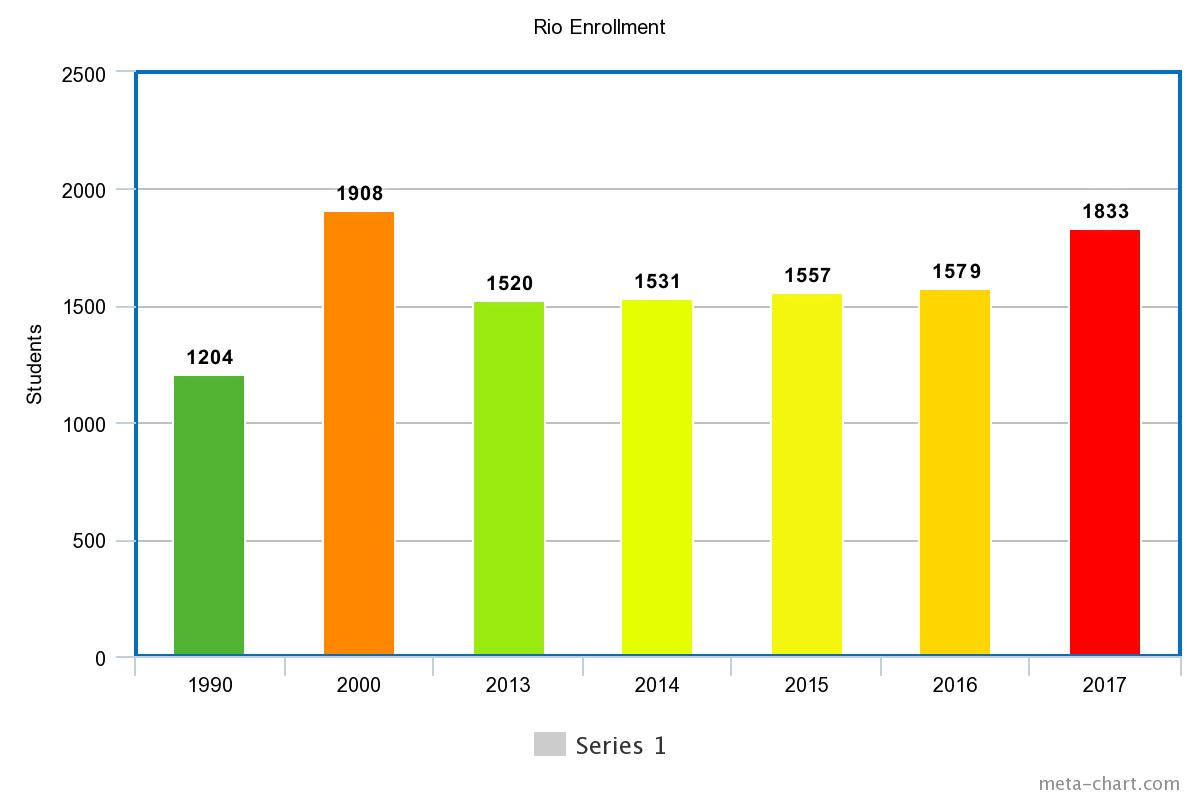
Spanish teach Mike Carrol and science teacher Dean Baird have both moved classes to the library because they could not fit the 60-plus students on their rosters in their classrooms.
The district has 20 school days to adjust class sizes, and new staff hires–including those hired over the summer and after the start of school–have begun to ease some of the classroom crowding, said Snyder.
“We hired an extra math teacher, we hired three extra English teachers, so that’s five English teachers we have here that are new and Mr. Garcia is a new Spanish teacher, even though he’s not new to our site that’s a new position,” said Snyder, “We also hired one new career and technical education teacher in wood shop and engineering.”
Additionally, teachers are being tapped to volunteer to teach a sixth class for a salary boost.
“I realize for the first couple weeks of class, sometimes that’s the way it is, but it’s hard to manage a class and be able to run it when there’s 40 or 50 kids in it so, it’s challenging,” said Spanish teacher Brian Asher, “Hopefully the district will make it work and they’ll hire a new teacher or get the numbers down so we’ll be able to teach more effectively.”
Not only are the teachers overworked, but students are struggling to find desks and opportunities to participate in class discussions.
“It’s really crowded and people have to partner up in groups of three,” said freshman Sophia Cysweski. “If there’s only a couple questions you can answer for your participation grade and you raise your hand there is less of a chance for you to get called on.”
Participation grades aren’t the only problem for students.
The amount of kids per class makes it difficult for the teacher to have everyone settle down and be on task for the entire period.
“A lot of the kids like to mess around a lot more than usual mainly because the teacher can’t pay attention to them,” said senior Ryan Albey.
Teacher’s say that it’s hard to know how and what to teach during this chaotic time, because many students will be moved to different classes with different teachers and curriculums. Some students are forced to change the subjects they are taking.
“They’re going to have to change their schedules and start over so it’s very hard to keep them on pace,” said De Lasse.
The first few weeks of school are tough on everyone. Students, teachers, and the district struggle to balance class sizes, classrooms, and student’s schedules.
This isn’t the first time Rio has been almost 2,000 students.
“In the early 2000s a lot of students that lived in the Rancho Cordova area that were still in our district, came to Rio, and so Rio was 2000 students back then,” said Snyder.

